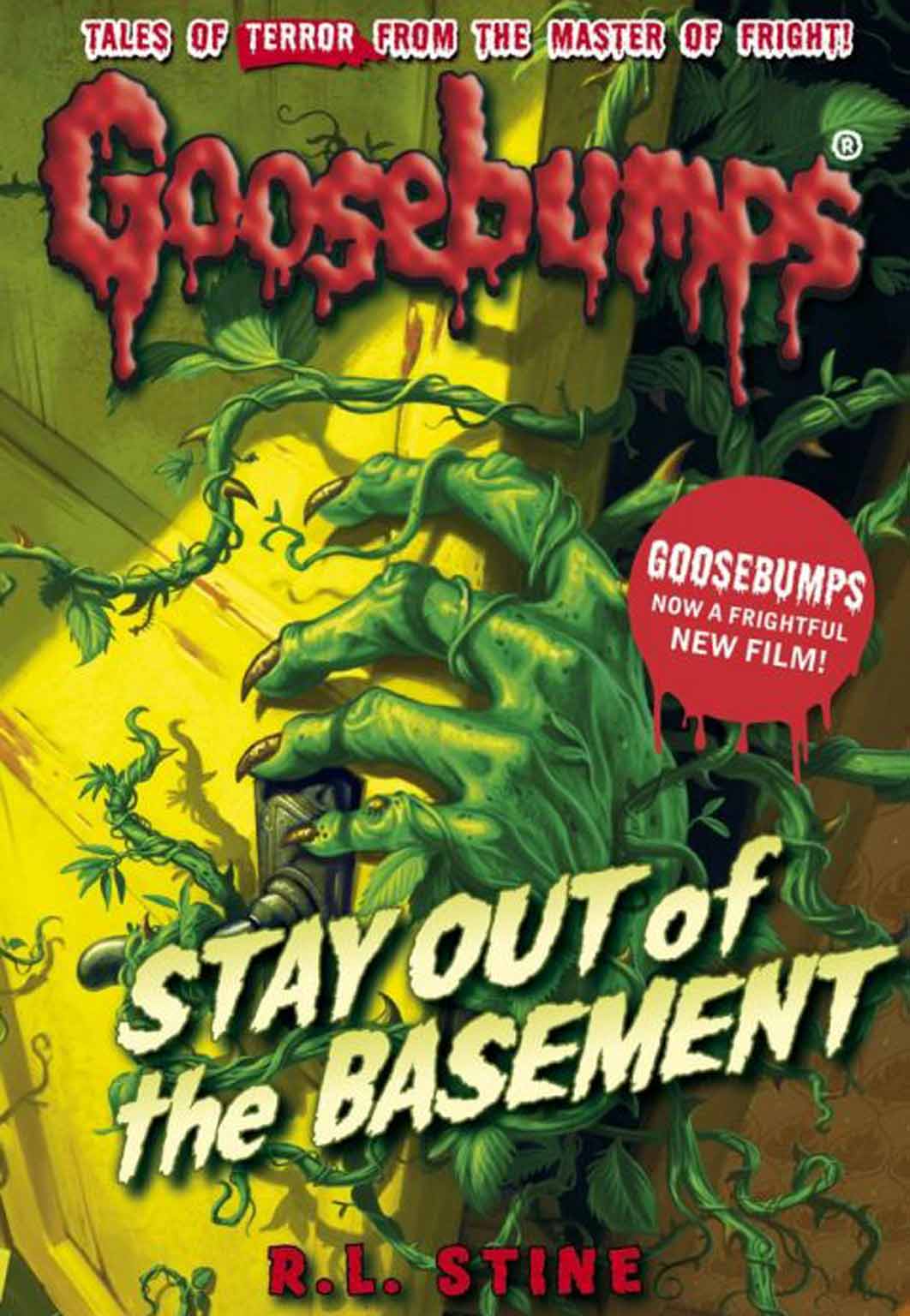RL Stine on Fear Street, Young Adult fiction, and why he doesn't like writing about zombies
With 400 million books sold, RL Stine, who has plotted to slay teens for 30 years, has a film and new novels on the way

Your support helps us to tell the story
From reproductive rights to climate change to Big Tech, The Independent is on the ground when the story is developing. Whether it's investigating the financials of Elon Musk's pro-Trump PAC or producing our latest documentary, 'The A Word', which shines a light on the American women fighting for reproductive rights, we know how important it is to parse out the facts from the messaging.
At such a critical moment in US history, we need reporters on the ground. Your donation allows us to keep sending journalists to speak to both sides of the story.
The Independent is trusted by Americans across the entire political spectrum. And unlike many other quality news outlets, we choose not to lock Americans out of our reporting and analysis with paywalls. We believe quality journalism should be available to everyone, paid for by those who can afford it.
Your support makes all the difference.Considered the king of young-adult (YA) horror fiction – he remembers being described as a “literary training bra for Stephen King”– Stine is best known as the author of the popular 1990s book series Goosebumps and Fear Street, as well as one of the roster of Point Horror authors. In the same way that JK Rowling introduced many a young millennial to the recreational reading rainbow, Stine's prolific penmanship – at his peak, he was writing one Goosebumps and one Fear Street a month – is the core around which many Nineties kids developed a love of fiction.
Stine has continued to write since his heyday, and the 72-year-old recently returned to his roots with a six-book revival of Fear Street, whose third instalment, The Lost Girl, was released in September. Goosebumps, a movie based on that series and starring Jack Black as Stine, came out in the US last month, and is set to arrive in British cinemas in February.
For a man who seems to know his place in the fiction canon – he has sold more than 400 million books – Stine is matter-of-fact about his popularity, a humility that seems in part tied to his family. Stine's wife, Jane, is his editor (“It's the worst,” he says, smiling), and his 35-year-old son, Matthew, has never read one of his books, despite helping with Stine's website. “[Matthew] used to sell characters to his friends at school,” Stine tells me. “He'd say, 'Oh, for £15, you can be in my dad's next book'.”
In the decades since Stine started writing Fear Street, much has changed for teenagers. Fortunately, they still have a great capacity for getting murdered. In his latest novels – Party Games, Don't Stay Up Late and The Lost Girl have already been released; Can You Keep a Secret? is slated for April – Stine must account for the adolescent accoutrement of the modern world, in which help is but a Snapchat away. “Phones have ruined so many plots. It's unbelievable,” he says. “You used to have a Fear Street where a girl suddenly gets these frightening phone calls. Now she looks, and she's like, 'Oh, he's calling'.”
Stine finds ways to work around technology or write it out of the equation. In The Lost Girl, friends are foiled by the blocked number of a person doling out texted threats. In Party Games, a group of teenagers relinquish their phones when they go to Brendan Fear's birthday party on Fear Island, which has no service anyway. (Given that the town of Shadyside has a long history of murder involving the Fear family, it's beyond me why anyone still hangs out with them. “I always say, 'Why don't they all move from Fear Street?'” Stine asks, as though powerless to thwart the self-destructive tendencies of his characters.)

Ironically, as devices have made teenagers' attention spans shorter, their fiction is getting longer. The original Fear Streets were each 150 pages; those in the revival are closer to 250, and all of them are being released in hardback – a first for Stine. “[Kids] got used to longer books. Bookstores want longer books so they can charge more, and they don't want paperbacks,” Stine says with a shrug. The commercial potential of the young adult genre isn't a new discovery – Stine and Ann M Martin have been milking it for a long time, while more recently John Green has dominated the field – but YA in recent years has become a beacon of hope in an otherwise bleak publishing landscape.
Children's and YA book sales grew by 22.4 per cent in the first three quarters of 2014 over the same period in 2013, while adult fiction and nonfiction sales fell 3.3 per cent. Some of the genre's success can be attributed to the blockbuster power of the Harry Potter and Twilight series, but YA is also finding broader appeal. A 2012 survey found that 55 per cent of young adult novels are bought by adults. “There's a reason why adults read so much YA,” Stine says. “It's for the story. These books don't have all the excess. People don't have that much time.”
There's plenty of time for bloodshed, though. We discuss the feasibility of The Lost Girl's first murder, a planned attack involving horses and honey that Stine calls “the most gruesome scene I ever wrote”. “Do you think it would really work?” he asks me, as though I might bring some homicidal knowledge to bear. Later, Stine dismisses the notion that he might take the Fear Street relaunch as an opportunity to capitalise on other YA trends: dystopian futures, sexually confused vampires and post-apocalyptic zombies. “I don't like writing zombies; there's not much you can do with them,” he says. “You can't, like, hide them among normal people and then it's a big surprise at the end: 'Guess what? I'm a zombie'!”
Stine bats around story ideas like a man who has tons of them, although he says he came to the table with nothing when the Fear Street revival was announced. That's in part because he figured it would never happen. After years of tweets about the possibility of bringing the series back, Stine pitched the idea to several publishers (including Fear Street's original one, Simon & Schuster) to no avail. “So one night, I [tweeted], 'Thank you for all your interest, but... no publishers are interested',” he says. Ten minutes later, St Martin's Press associate editor Kat Brzozowski messaged him. “She said, 'I'd love to talk to you about Fear Street.' And that's how it came back. Because of Twitter.”
Brzozowski may have started a chain reaction: in October, Stine and 20th Century Fox confirmed that there will be a movie based on the Fear Street books. Still, Stine is calm about his renaissance.
Perhaps that's because what could look from the outside like a professional roller-coaster – a writer going from relative obscurity to mega fame to a question in a nostalgia-heavy pub quiz – was, for him, three decades of writing fiction continuously, all from the same 10-block radius in New York.
Stine is most enthusiastic when discussing the murders of Fear Street novels past and the potential murders of Fear Street novels future. “I missed killing teenagers,” he says. “I enjoyed that. Everyone enjoys that.”
© 2015 IBT Media Inc.
Join our commenting forum
Join thought-provoking conversations, follow other Independent readers and see their replies
Comments